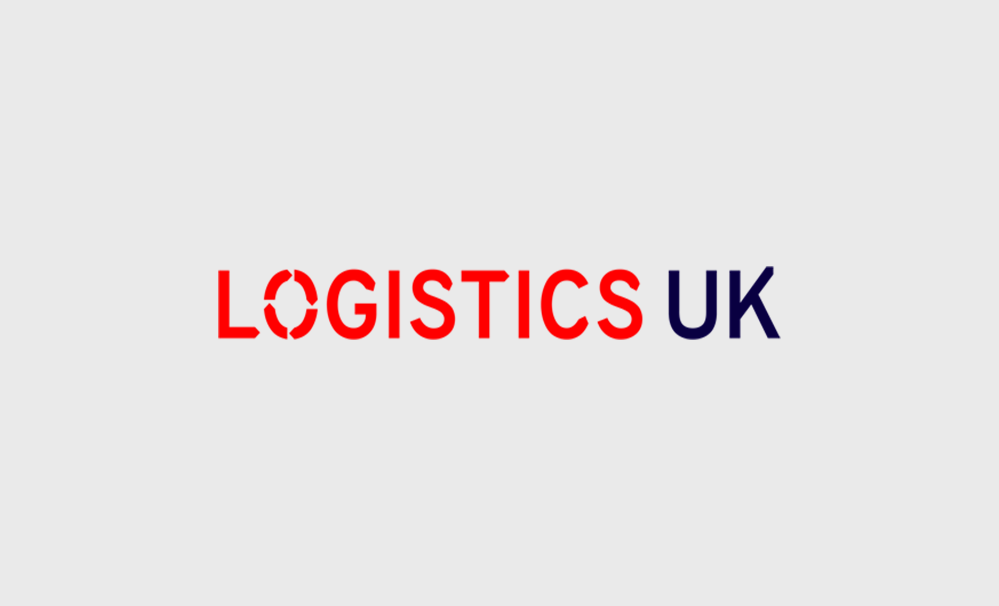The logistics industry has been spared a further rise in the amount of financial standing required for operators to continue trading next January by a matter of weeks, thanks to a bounce in the strength of the pound in September. But the Freight Transport Association says the UK should be setting its own rate – or even completely review the financial standing system against which logistics operators are deemed to be operationally viable, after Brexit on 29 March 2019.
The requirements for financial standing seek to ensure that operator licence holders have sufficient funds to work in the logistics sector, and have sufficient reserves to prevent cuts in vehicle maintenance to make cost savings. For standard operating licence holders, European law currently requires bank reserves of EUR 9,000 for the first vehicle and EUR 5,000 for each subsequent vehicle. For EU countries which do not use the euro, the rate is reassessed against the exchange rate of the local currency every October. For non-eurozone countries, this can create fluctuations year to year.
James Firth, FTA’s Head of Licensing Policy, said, “Transition period or not, it would be absurd if the domestic UK road transport industry continued to be pegged to a financial standing rate in euros after Brexit. This means the UK needs to consult with industry, or select a level at which business is to be judged, to ensure that operators are able to plan efficiently and manage cash flows accordingly. Between 2012 and 2016, the actual figure required has fluctuated by almost £2,000 for the first vehicle, simply based on the changes in the exchange rate for euros – this situation needs urgent attention to ensure that stability for business expenditure can be established moving forwards.”
In addition, Mr Firth says requirements for others in the sector remain at differing levels: “At this point, the rate for restricted operators, set by the UK government, not Brussels, has remained much lower than for traditional hauliers, while those operating in eurozone countries have enjoyed a steady rate (euros 9,000 and euros 5,000) even through the depths of the eurozone debt crisis.
“Shouldn’t the government be taking this opportunity to reassess what financial standing is for, how it is determined in the 21st century and base it on values fixed in sterling? What are the greater financial risks to the hire and reward sector that the government perceives justify continued rates so substantially elevated above those in the own account sector – which, of course, takes in almost every type of industry and sector across the UK economy? The freight and logistics sector deserves a consistent operating environment in a post Brexit world.”
The Office of the Traffic Commissioner is expected to announce the official rates for financial standing in 2018 in the coming weeks. It appears, however, that the exchange rate on 2 October 2017 is almost exactly the same as it was on the equivalent date last year, so no significant change is expected this year.







